Invented by Martin Fuellgrabe, Stefan Fuerst, Christian Neyer, Johannes Julian Weinkauff, Lucy Abigail Zimmermann, Braun GmbH
One of the key factors driving the market for personal care devices is the growing emphasis on preventive healthcare. With rising healthcare costs and an aging population, individuals are becoming more proactive in managing their health. Personal care devices provide users with real-time data and insights about their health, enabling them to make informed decisions and take necessary actions to maintain a healthy lifestyle.
The market for personal care devices is also benefiting from advancements in technology. With the advent of wearable technology and the Internet of Things (IoT), personal care devices have become more sophisticated and capable of collecting and analyzing a wide range of health-related data. These devices are equipped with sensors and algorithms that can track physical activity, monitor sleep patterns, and even detect irregularities in heart rate or blood pressure.
Furthermore, personal care devices have become increasingly user-friendly and aesthetically pleasing. Manufacturers are focusing on designing devices that are not only functional but also fashionable, appealing to a wider consumer base. This has helped to overcome the stigma associated with wearing health-related devices, making them more socially acceptable and desirable.
The market for personal care devices is not limited to fitness enthusiasts or health-conscious individuals. These devices have found applications in various industries, including healthcare, insurance, and corporate wellness programs. Employers are increasingly incorporating personal care devices into their wellness initiatives to promote employee health and productivity. Insurance companies are also exploring partnerships with personal care device manufacturers to offer personalized health plans and incentives based on data collected from these devices.
However, the market for personal care devices is not without challenges. Privacy and data security concerns are among the key issues that need to be addressed. As personal care devices collect and transmit sensitive health data, it is crucial for manufacturers to ensure that adequate safeguards are in place to protect user privacy and prevent unauthorized access to personal information.
In conclusion, the market for personal care devices is experiencing rapid growth, driven by increasing consumer awareness about health and wellness, technological advancements, and the demand for preventive healthcare solutions. As these devices become more sophisticated and user-friendly, their applications are expanding beyond fitness tracking to include healthcare, insurance, and corporate wellness programs. However, it is important for manufacturers to address privacy and data security concerns to maintain consumer trust and confidence in these devices.
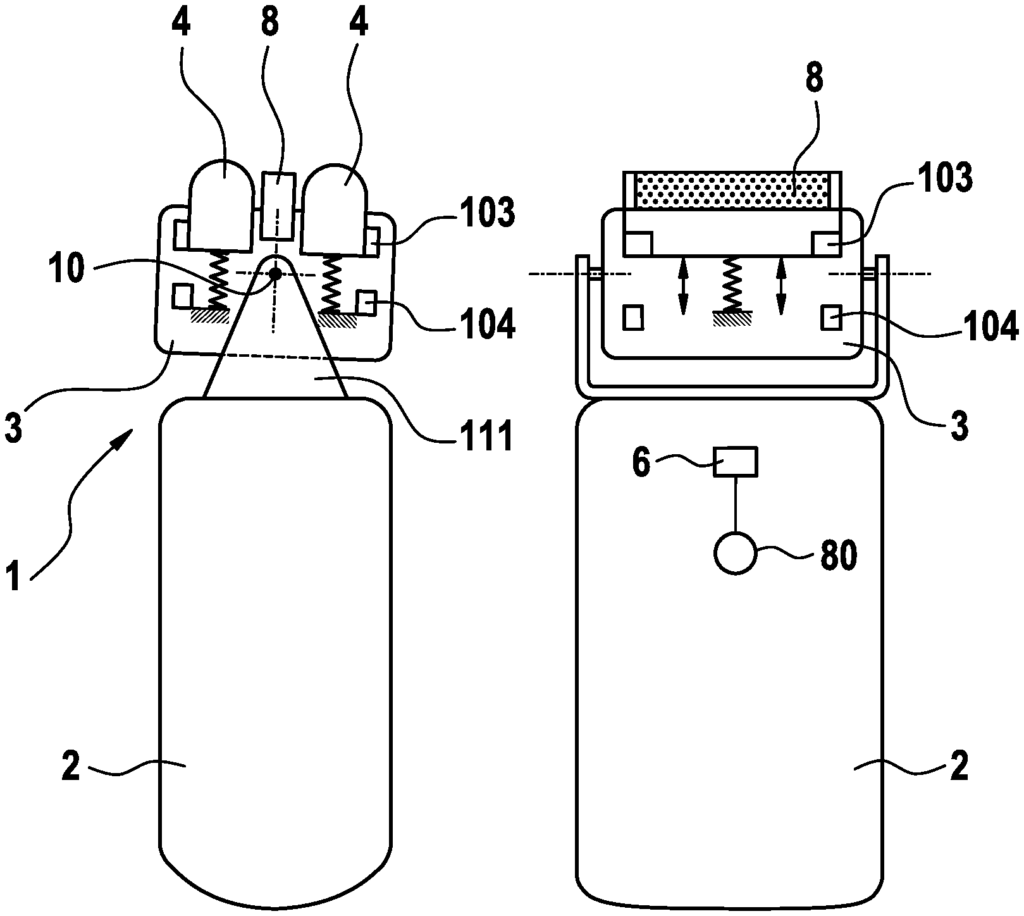
The Braun GmbH invention works as follows
A personal care product, such as an electric shaver or skin treatment device, includes an elongated handle to move the device manually along a surface of the body, a working-head attached to the handle to apply a personal treatment to that surface, and at least a detector to detect at least a behavioral parameter indicative of user behavior when using the device. The device also includes an adjustment mechanism to adjust at least a working parameter of the head in response the detected behavioral parameter.
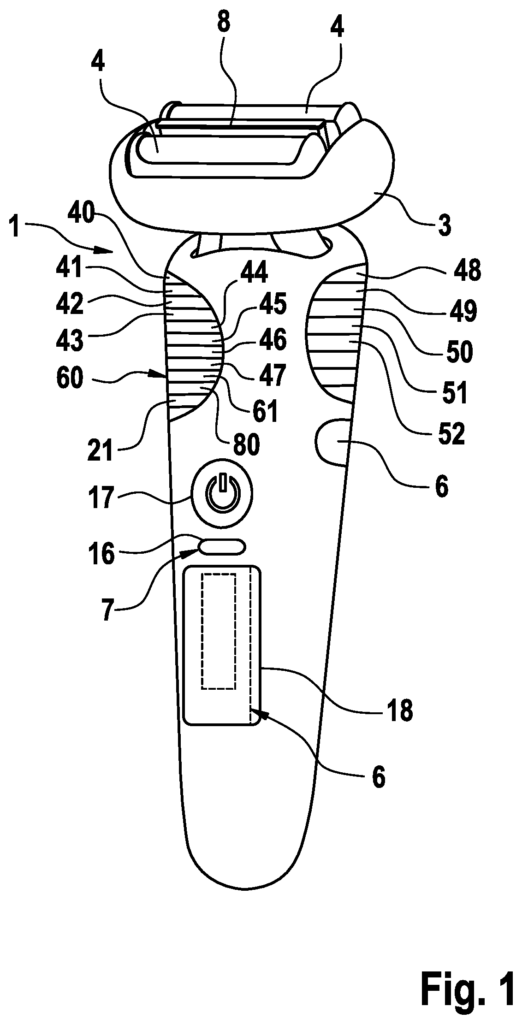
Background for Personal care device
Other types of electric shavers use rotatory cutter elements that can be driven in an oscillating or continuous manner. Some electric shavers have rotatory elements that can be driven continuously or in an oscillating manner. The electric drive unit could be an electric motor.
Despite the fact that most people use these shavers on a daily base, it can be difficult to handle and operate them perfectly. The shaver may not be operated to its full potential due to the different habits and preferences of users. The working head may be too firmly pressed on the skin or the shaver held in an angle that prevents the shear foils of the working heads from fully contacting the skin. This can happen even when the working is supported by a pivot to compensate for angular movement. It can be difficult to move a shaver in the correct direction and at the correct speed along the skin. To make the handling of the shaver easier and intuitive, there may be different operating modes and adjustments functions. However, sometimes it can be difficult to find the right setting.
The drive unit of a shaver can be operated in various modes. For example, the oscillation or cutter speed may be changed to improve shaving efficiency or to reduce skin irritation when in sensitive mode. Other operation modes, depending on the fittings, may be available. This may include a mode for cutting long hairs, in which a longhair cutter is activated or moved to a projected position.
Personal care devices, such as shavers, also have self-adjustment features. In the shavers field, for example, it’s well-known that the shaver can be moved to adjust the position of the cutter elements. This allows them to follow the contour of the skin better. The shaver can be supported pivotably so that it pivots about one or more pivot axes which extend transversely to the longitudinal axis. This allows the shaver to stay in contact with the skin even if the handle is held in a “wrong” orientation. orientation. The cutter elements can also dive into the structure of the shaver’s head to compensate for excessive pressure pressing the shaver against the skin.
However, even with such self-adjustment features, it is difficult to fit one product design for all users. The needs of each individual are different, and they behave differently. For example, different hair types grow when shaving. No single product can be designed to fit everyone.
If an adjustment is required by the user then there are multiple disadvantages. This is often inconvenient and the adjustment is not used. Second, the user is often unsure of what adjustments are needed to achieve his desired results. One common problem is the individual hairs that are left uncut in a standard shaving routine. After the main shave, the user tries different methods to remove these hairs. The typical way to shave is by using short strokes and increasing the pressure. However, decreasing the pressure, rather than increasing it, would be more beneficial in this case.
Alternatively, adjustment can be automated. Existing devices, which attempt to achieve this, fail to deliver optimal results. There are two main reasons for this poor performance. The level of shaving pressure that causes skin irritation can differ between users, and even within the same user. For example, a shaver which reacts to a preset level of shaving pressure to prevent skin irritation may react too soon for some users or too late for others. A shave is so complex that it’s difficult to determine the best setting for the various adjustable components. The quality of a shave and the experience it provides depends on a number of different shaving parameters that interact, such as: Closeness, skin comfort and time of shaving, gliding experience, skin experience, control, accuracy, beard contours etc. are all factors that influence the overall shave result. The combination of several parameters can influence these shaving parameters.
The document EP 0 725 523 B1 describes an electric shaver that allows the user to adjust the height at which the blades project above the surface of the shaver, the pretensioning forces against which the blades can dive and the motor speed in order to balance shaving performance with skin irritation. Said adjustable parameters, i.e. The motor speed and pretensioning force are controlled automatically in response to multiple detected parameters, including the measured skin contact force, and an acoustic measurement by a microscopic signal that is assumed to represent the number of hairs cut. The control, which uses fuzzy logic in order to balance out the input signals that indicate the different working parameters is not sufficient in adjusting the shaver for different users’ needs or preferences.
The shaver includes a memory in which past velocity detected is stored so that a hair removal session can be started with a motor speed matching the stored velocity. The shaver has a memory where the velocity of the previous session is stored. This allows the motor speed to be set according to the previously stored velocity.
Document 2015/067498A1 discloses a device for hair cutting, in which a position identifier, including cameras, identifies the relative position of the hair-cutting device to the part of the body to be treated. A feedback module provides feedback to indicate both the desired path of the cutter and the desired orientation angle relative to the part of the body.
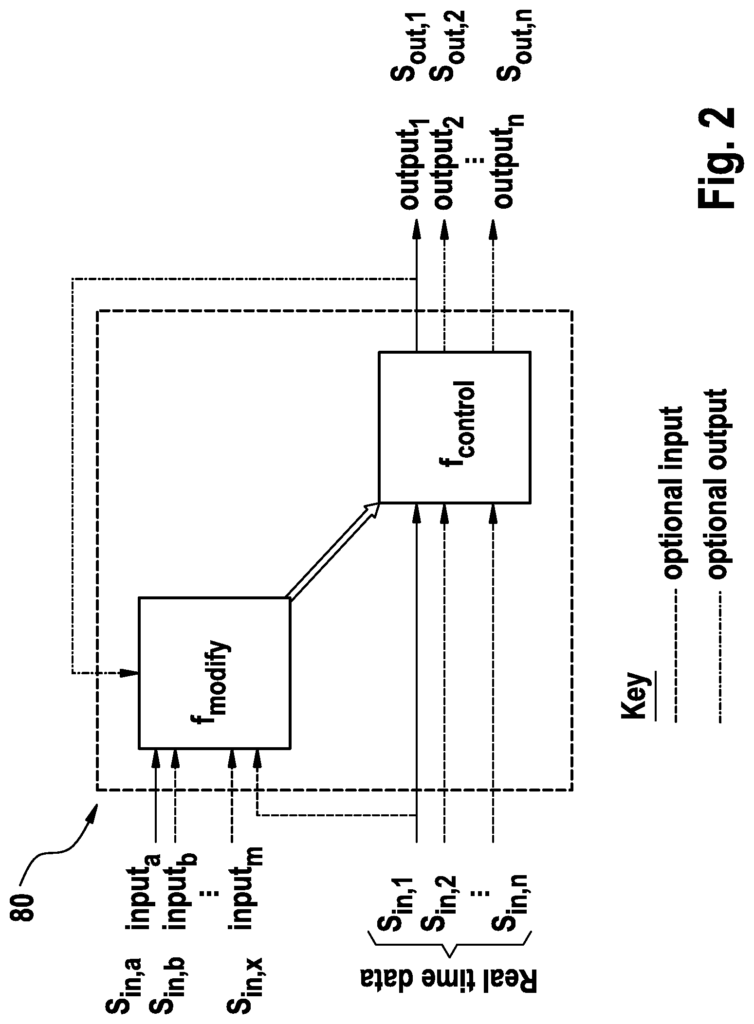
Furthermore document WO 2017/062326A1 describes a device for personal care that is linked via a network to a smartphone or computer system to monitor the device’s usage. The working time is tracked to determine when a replacement component, such as a cartridge for a razor, needs to be changed. This includes adjusting the sensor settings, such as the minimum length of a stroke, to count the working time.
Furthermore document WO 2017/032547A1 discloses an acoustic and/or visual shaving device that gives a user instructions on shaving, such as ‘user gentle pressure only. “Furthermore, document WO 2017/032547 A1 discloses a shaving device that gives a user shaving instructions acoustically and/or visually. Such shaving instructions such as?user gentle pressure only? These instructions are based on data collected by the device, such as data on pressure and/or movement. The usage history is taken into consideration when selecting the right instruction from a list of stored instructions.
The EP 1549468B1 describes a razor which detects the proper contact between the shear blades and the skin. It is stated that this contact can be detected using an inductive or capacitance sensor, as well as an optical sensor with a light barricade immediately above the foil. The shaver’s head can be automatically repositioned relative to the handle using an actuator to pivot or tilt the head when the skin is not properly contacted.
The present invention has as its objective to develop a personal care device that avoids at least one disadvantage of the prior art, or further develops the existing solutions. The invention has a more specific objective of improving the self-adjustment to the user.
Another objective of the invention is the provision of an improved personal care product that automatically modifies at least one adjustment function so that the user is required to adapt less to the product.
Another objective of the invention is better self-adjustment to complex interactions of characteristics of treatment scenarios.
To achieve at lease one of the above objectives, it’s suggested that you don’t rely on predetermined control algorithms controlling the adjustment actuators in a predetermined manner in response detected parameters. Instead, modify the control algorithms in response input signals including at least one different input signal from the signals used by the control algorithm to calculate the output control signals. In particular, the electronic controller is equipped with a modification method for changing the control algorithm based on at least one modification signal. This modification input signal can be different than the behavioral input signal that the control algorithm uses to calculate the output control signal of the adjustment actuator. For example, it may come from different detectors or represent real-time data and historical data. This additional modification algorithm allows for a more flexible adaptation of the working parameters to the preferences and behavior of different users.
The modification algorithm can modify the control algorithm differently. The modifying algorithm, for example, may be configured in a way that modifies the calculation rule by which the control algorithm calculates an output control signal based on the behavioral input signal. The output control signal can be different, even though the behavioral input signal remains the same. This is because the modification algorithm modifies the calculation rule based on a changing modification signal.
The modification algorithm can modify the rule of calculation implemented in the control algorithm. This may result in a change to the curve that defines the relationship between at least one behavioral signal and the output signal. For example, the slope may be modified so that it becomes steeper or more steep. A curvature may also be altered and/or the curve may even be shifted. Modifying the rule of computation implemented in the algorithm changes the data processing or control function effected by this algorithm. The output control signal is calculated differently, even though the behavioral input signal entered into the algorithm remains constant.
The adjustment mechanism can be configured to change the stiffness and/or resistance of the suspension for the working heads to pivot relative to the handle, and/or to alter the willingness of the head to pivot, based on user behavior. This will give the device a more aggressive and performance-oriented handling, on one hand, and a smoother, more comfortable handling, on the other. The adjustment mechanism can vary torque or force required to pivot the head relative to handle, and/or achieve a certain angle deviation of the head from its neutral position.
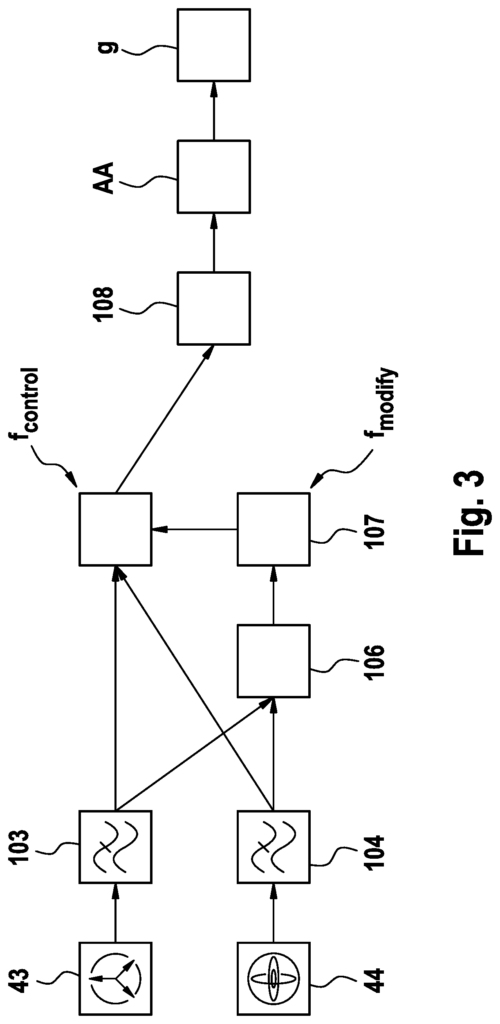
The adjustment mechanism can be set up to change the maximum angular displacement of the working head. When the maximum pivoting angles are smaller, the personal care device gives a more aggressive and performance-oriented feel to the user. A larger maximum pivoting range provides a smoother, more comfortable feeling.
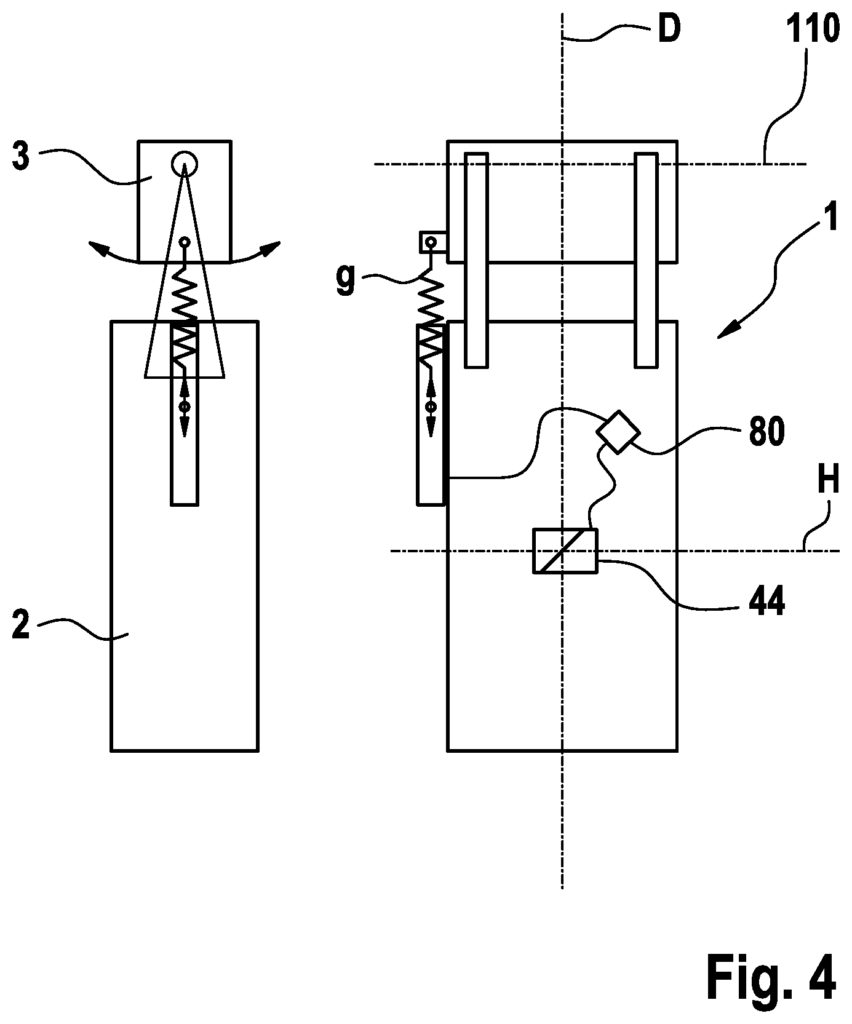
Click here to view the patent on Google Patents.
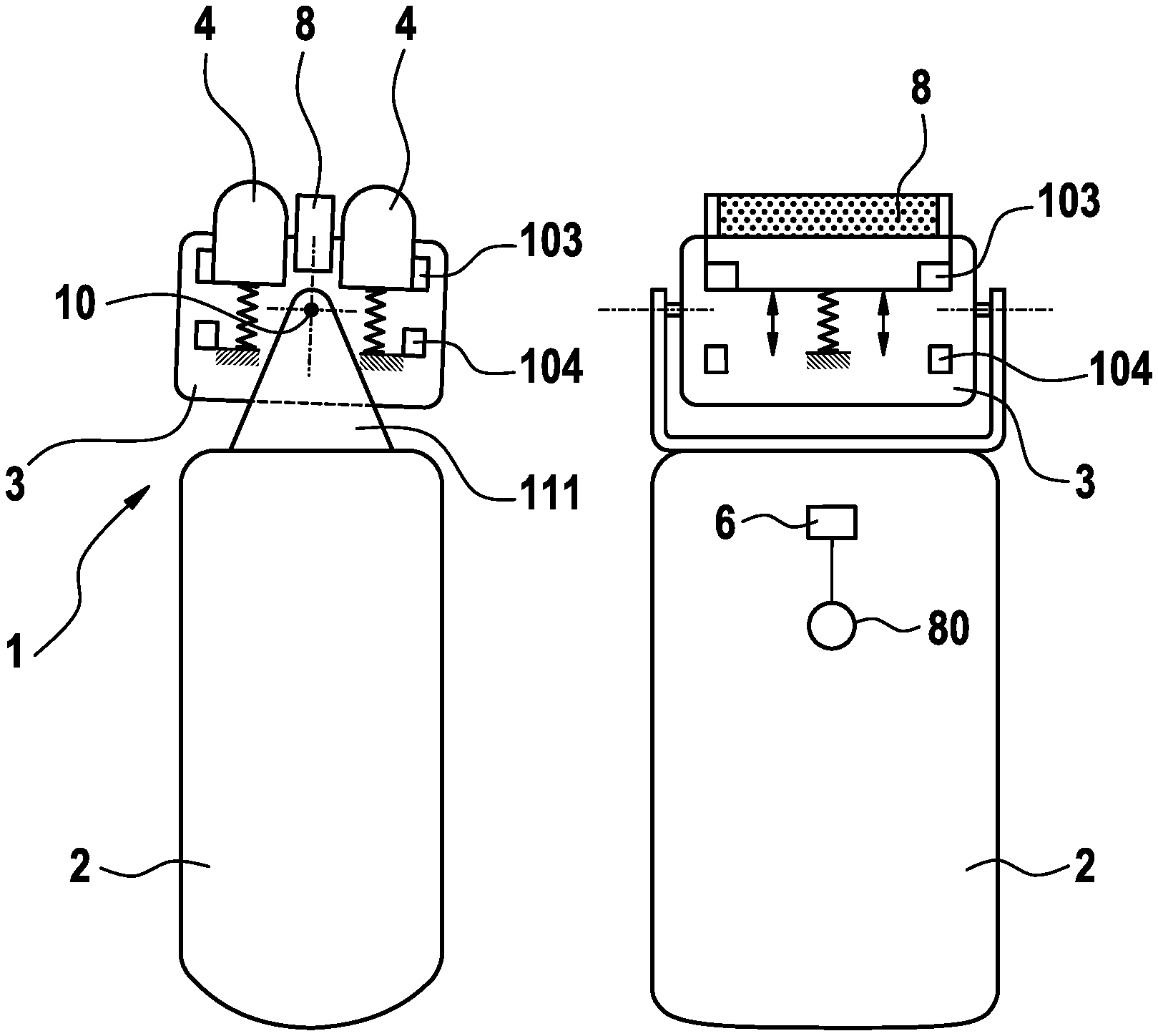
Leave a Reply